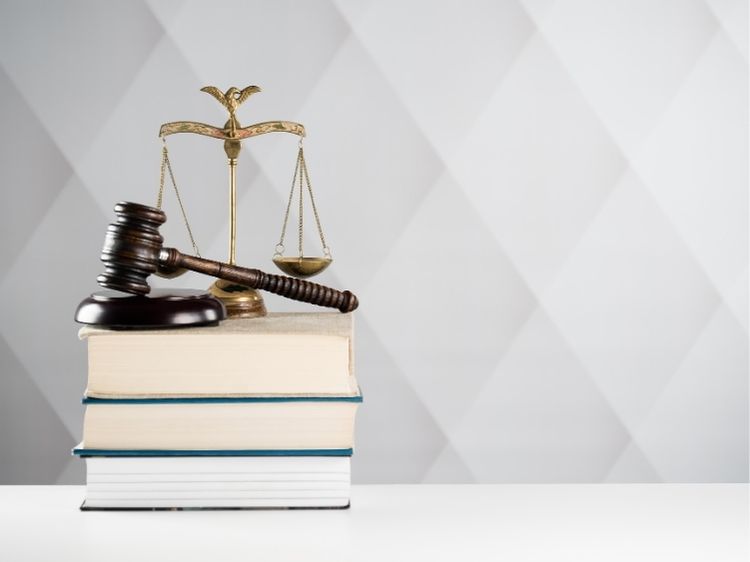Product Liability Negligence: Understanding Your Rights and Responsibilities
Ever wondered what happens if a product you bought ends up causing harm? It’s a question that many consumers don’t think about until it’s too late. Product liability negligence is a legal concept that holds manufacturers, distributors, suppliers, and retailers accountable when a product is defective and causes injury or damage. Whether you’re a consumer looking to understand your rights or a business owner wanting to protect yourself from liability, this article will break down everything you need to know about product liability negligence.
What Is Product Liability Negligence?
Product liability negligence refers to the legal responsibility of parties involved in the production and distribution of goods when a product causes harm due to negligence. This negligence could be in the design, manufacturing, or even the failure to provide adequate warnings about the product’s potential dangers.
In simpler terms, if you’ve ever used a product and thought, “This isn’t safe,” and it ends up hurting someone, the creators or sellers of that product might be liable. It’s about ensuring that products reaching the market are safe for consumers, and if they aren’t, those responsible are held accountable.
The Key Elements of Product Liability Negligence
For a plaintiff to succeed in a product liability negligence claim, several key elements must be established:
- Duty of Care: The manufacturer or seller had a legal obligation to ensure the product’s safety.
- Breach of Duty: The manufacturer or seller failed to meet this obligation, resulting in a defect.
- Causation: The defect directly caused the injury or damage.
- Damages: The plaintiff suffered actual harm or loss as a result of the defect.
These elements are crucial in proving negligence. Without one, the case might fall apart, which is why understanding each aspect is essential for anyone involved in such a claim.
Types of Product Defects
Product liability negligence can arise from various types of defects. Understanding these can help consumers identify potential dangers and businesses avoid costly lawsuits.
- Design Defects: These occur when the product’s design is inherently unsafe. Even if manufactured correctly, the product poses a risk.
- Manufacturing Defects: These defects occur during the production process. A product might be designed safely, but errors in manufacturing can lead to dangerous flaws.
- Marketing Defects: Also known as “failure to warn” defects, these occur when a product lacks sufficient instructions or warnings about its potential risks.
Imagine buying a hairdryer that catches fire due to faulty wiring (manufacturing defect) or a toy with small parts that aren’t labeled as a choking hazard (marketing defect). In both cases, the manufacturer could be held liable for negligence.
Who Can Be Held Liable?
When it comes to product liability negligence, it’s not just the manufacturer who might be on the hook. Multiple parties in the distribution chain can be held accountable, including:
- Manufacturers: The creators of the product.
- Distributors: Companies that move the product from manufacturer to retailer.
- Retailers: The sellers of the product to the consumer.
Even if you didn’t directly buy the product from the manufacturer, they could still be held liable if the product was defective. This broad scope of liability ensures that consumers have multiple avenues for seeking compensation.
Proving Product Liability Negligence
Proving negligence in a product liability case isn’t always straightforward. The burden of proof lies with the plaintiff, who must demonstrate that the product was defective and that this defect caused their injury or damage. This often involves:
- Expert Testimony: Specialists who can speak to the product’s design or manufacturing process.
- Documentation: Records of the product’s purchase, use, and any warnings or instructions provided.
- Evidence of Injury: Medical records, photographs, or witness statements that confirm the harm caused by the product.
It’s a meticulous process, and even a small oversight in gathering evidence can weaken a case. That’s why it’s essential for plaintiffs to work closely with legal professionals who understand the complexities of product liability negligence.
Defenses Against Product Liability Negligence
Businesses facing a product liability negligence claim have several potential defenses at their disposal:
- Assumption of Risk: The consumer knew the product was dangerous and still chose to use it.
- Product Misuse: The product was used in a way not intended or foreseeable by the manufacturer.
- Comparative Negligence: The consumer’s own negligence contributed to the injury.
These defenses can significantly reduce or even eliminate liability for the manufacturer or seller. For example, if a consumer uses a chainsaw without following safety instructions and gets injured, the manufacturer might argue that the injury was due to misuse, not a defect.
Product Liability Negligence in Court: Case Studies
Looking at real-world examples can help illustrate how product liability negligence plays out in court. Consider the famous case of Liebeck v. McDonald’s, where a woman sued McDonald’s after suffering third-degree burns from spilled hot coffee. While not a traditional product liability case, it highlighted the concept of negligence in product safety. The court found that McDonald’s coffee was served at an unreasonably high temperature, leading to the plaintiff’s injuries.
Another case involves Toyota’s unintended acceleration issues, where defects in the design of certain vehicles led to accidents. Toyota faced numerous lawsuits, many of which were settled for significant amounts, emphasizing the importance of safety in product design.
These cases underscore the potential consequences of product liability negligence and the importance of ensuring that products are safe before they reach consumers.
Steps to Prevent Product Liability Negligence
For businesses, avoiding product liability negligence claims is about being proactive. Here are some steps companies can take:
- Rigorous Testing: Ensure that products undergo thorough testing during the design and manufacturing stages.
- Clear Instructions: Provide comprehensive instructions and warnings for product use.
- Quality Control: Implement strict quality control measures to catch defects before products hit the market.
- Regular Reviews: Continuously review and improve products to address any emerging safety concerns.
By prioritizing safety and quality, businesses can reduce the risk of negligence claims and protect their reputation.
FAQs about Product Liability Negligence
What should I do if I’m injured by a defective product?
First, seek medical attention. Then, gather evidence of the defect and injury, and consult with a lawyer specializing in product liability negligence.
Can I sue if I didn’t buy the product directly from the manufacturer?
Yes, you can sue any party in the distribution chain, including retailers, distributors, and manufacturers.
How long do I have to file a product liability negligence claim?
The statute of limitations varies by state, so it’s crucial to act quickly and consult with a legal professional to ensure you file within the appropriate time frame.
Is a recall necessary to file a product liability claim?
No, a recall isn’t necessary, but it can strengthen your case if the product has been deemed unsafe by the manufacturer or regulatory agencies.
Conclusion
Product liability negligence is a critical area of law that ensures consumer safety and holds businesses accountable for the products they create and sell. Whether you’re a consumer or a business owner, understanding the ins and outs of product liability negligence can protect you from harm and help you navigate the complexities of the legal system.
Remember, when it comes to product safety, it’s better to be safe than sorry. By staying informed and taking proactive steps, both consumers and businesses can contribute to a safer marketplace.
Authoritative Links
- Consumer Product Safety Commission (CPSC): www.cpsc.gov
- National Highway Traffic Safety Administration (NHTSA): www.nhtsa.gov
- American Bar Association – Product Liability: www.americanbar.org/groups/litigation/committees/product-liability/






